Truthear GATe - New Ultra-Budget King?
The Hola was Truthear’s first entry into the ultra-budget space, and it was an exceptionally-balanced offering. Now we’ve gotten its replacement with the GATe, and the question must be answered: after Truthear discontinued what was arguably their most universally-beloved IEM, is the GATe actually a worthy replacement?
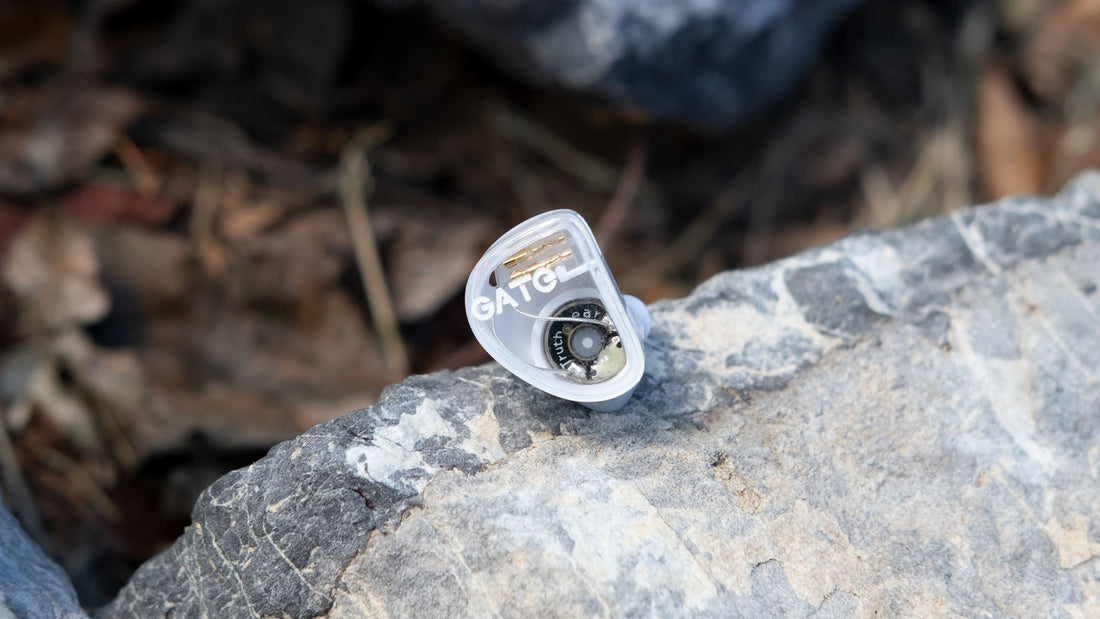
Truthear has one of the most consistent lineups of IEMs out there, especially in the under-$200 price bracket. Their newest offering in the ultra-budget price range of $20 is called GATe, and it is Truthear’s replacement for what was arguably their most beloved and least controversial IEM to date, their now discontinued Hola.
The Hola was Truthear’s first entry into the $20 space, and it offered one of the most balanced tunings available in the entirety of the market when it came to single dynamic driver IEMs.
Many were confused by Hola’s discontinuance precisely because it was so widely loved. Sound aside—it had a solid design when it came to ergonomics, and had what is probably still the best cable that any manufacturer has included with an IEM that cost less than $200.
But now we’ve gotten its replacement with the GATe, and the question must be answered: after Truthear discontinued their most widely recommended IEM with the Hola, is the GATe actually a worthy replacement? Let’s talk about it.
What we like
- Easily my favorite looking IEM in the ultra-budget sphere
- Some of the best subjective performance re: “dynamics” at this price point
- One of the most well-rounded total packages in the entirety of the IEM space
- Upper treble works better for me than most other single DD IEMs
- Inexpensive
What we don’t like
Build, Accessories, Ergonomics, and Design
Let’s start with design, especially because this is one of the more contentious IEM designs that’s come out in the budget sphere in recent times. That’s not to say that it’s controversial, but that it’s hard to find a consensus; people either love it or they hate it. I personally love it, especially in the white configuration. The clear faceplate showing the rather simple internals with the white shell and white text overlay makes for an incredibly “clean” aesthetic that I feel like I could actually be happy wearing outside as an accessory—which can’t be said for a lot of IEMs, even more expensive ones.

In terms of what comes in the box, it’s an inexpensive IEM so there’s not much fanfare when you open the box. Upon digging deeper than the initial opening of the box, the buyer finds a decent selection of tips, having a choice between a long and narrow-bore ear tip type, as well as a shorter, wider-bore ear tip type. However, GATe also immediately establishes itself as having the best accessories package in the ultra-budget sphere for one reason: the cable.
Yes, it is time for the obligatory gushing about the included cable. In a world of budget options all having very similar tuning and very similar prices, the accessories package can really set an IEM apart from the pack. GATe absolutely nails it in that regard due to how pliable, lightweight, and no-nonsense the included cable is. The sheathing isn’t particularly thin, which helps it feel substantial, but the sense of memory is also very soft and forgiving for how thick the actual body of the cable is. It isn’t especially prone to tangling either, which means the overall user experience out of the box is the probably most painless I’ve ever experienced with any of Truthear’s IEMs. I really love this cable.
Ergonomically, GATe is kind of a mixed bag despite how good the cable is. While yes, the cable goes a very long way to making the ergonomic experience better, the IEM’s nozzle is definitely on the wider side, and the back corner of the shell when inserted at a comfortable depth for me rubs against my antihelix a bit and causes discomfort after an hour or two. Definitely not terrible, and I think most people will find this plenty comfortable for the price, but it could definitely be better for me.
In terms of build, GATe unfortunately kind of feels like its price. I think it has something to do with the plastic used for the shell being lighter, but especially compared to its predecessor Hola, GATe feels meaningfully more lightweight and chintzy such that I’d not feel as comfortable dropping it as I would some other IEMs. Of course, it’s hard to review build quality after only one week with an IEM—the real story will be how it holds up in 6 months to a year—but for now I’d say anyone buying a GATe, or any $20 IEM, should be careful in order to maximize its chances of longevity.
Frequency Response and Tonality
Above are my measurements of the Truthear GATe, taken in my clone ITU P.57 Type 3.3 system consisting of clone KB006x pinnae and a clone 711 coupler. Traces shown are an average of 5 insertion depths. More detailed measurements are available on my website.
I’ve chosen to judge this IEM with the included wide-bore tips, as they made the treble and upper midrange sound preferable to me.
Bass
Starting with the sub-bass, I feel like GATe has pretty much the right amount. I don't sense any issues with extension, and honestly this is probably my favorite part of this IEM. Even though the rest of the frequency response has its issues, which we’ll get to, I feel like the sense of balance between sub-bass, mid-bass, and upper-bass is among the better options in this price bracket.
This definitely isn't an IEM where anyone is going to have issues with cloudiness, mud, or any sort of occlusion resulting from bass overshadowing midrange or treble. However this also means that it's kind of on the lighter and tighter side compared to contemporaries like the Salnotes Zero: 2, or its predecessor the Truthear Hola.
Interestingly though, I felt like this IEM was similar into the new DUSK from Crinacle and Moondrop in that the bass sounds more present and impactful than it measures. Could be an issue with the 711 coupler not having an accurate reading under 500 Hz or so, or could just be the rest of the tuning (eg. the midrange) having a positive effect on the impression I’m getting of the bass.
Regardless, I think in isolation this bass tuning makes a lot of sense. The bass shelf rises in the right spot and falls in the right spot, and the amount is roughly around where most people I think are going to like it. However, because of the rest of the tuning here, it might not be as universal as it could’ve been.
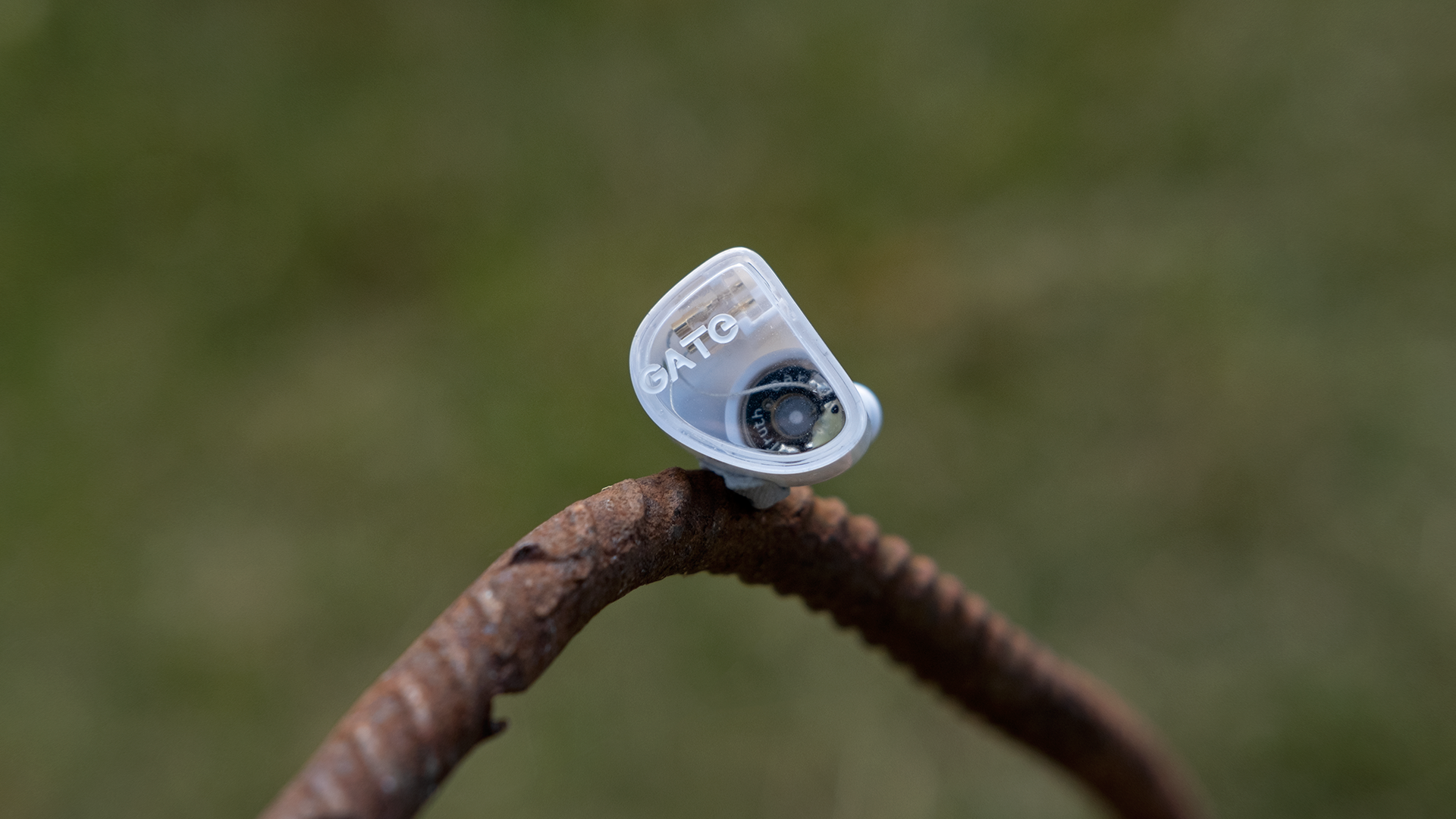
Midrange
The mids are probably the first potential deal breaker for people who are going to be looking into this IEM. They're really not my cup of tea, similar to most single-dynamic driver IEMs with this kind of midrange tuning. I disliked how the mid-range affected vocals, guitars, pianos, drums, and bowed strings. The counter-clockwise tilted mids—especially the elevated 1-2 kHz region—bring forth a lot of the nasally, honky overtones in vocals that made them sound unnaturally clenched and shouty sounding. It made electric guitars sound too close, like the microphones used to record them are directly touching the grille cloth of the amplifier, making them uncomfortably intense and kind of harsh.
That being said, I think the 1-2 kHz region is one of— if not the most—misheard and misattributed regions in the entirety of the frequency response of headphones and IEMs. I have only anecdotal data to support this theory, but in my experience, listeners are particularly poorly-discerning of differences in this region, even mistaking elevations in this region as an “energy” boost more than a particular coloration.
For that reason, I think some may even find this lift preferable due to it being mistaken as more clear, energetic, or lively, when really it’s just emphasizing upper overtones in a way that makes things sound thinner, faster, livelier, or clearer… but at the cost of naturalness.
On the bright side, there are two things I quite like about the midrange here. The first is how it effects bass instruments, which we’ll get to in the Subjective Impression section. Secondly, I actually like where the GATe’s primary ear gain resonance ends up peaking, right around 2.9 kHz. I find a mismatch in this region between what my ear expects—my HRTF—and what the IEM delivers in this region to often result in a papery harshness that makes everything sound grating and a bit glarey. Not so with GATe, where the upper midrange structure above 2 kHz sounds very natural to my ear, probably the most of any single DD IEM I’ve yet heard.
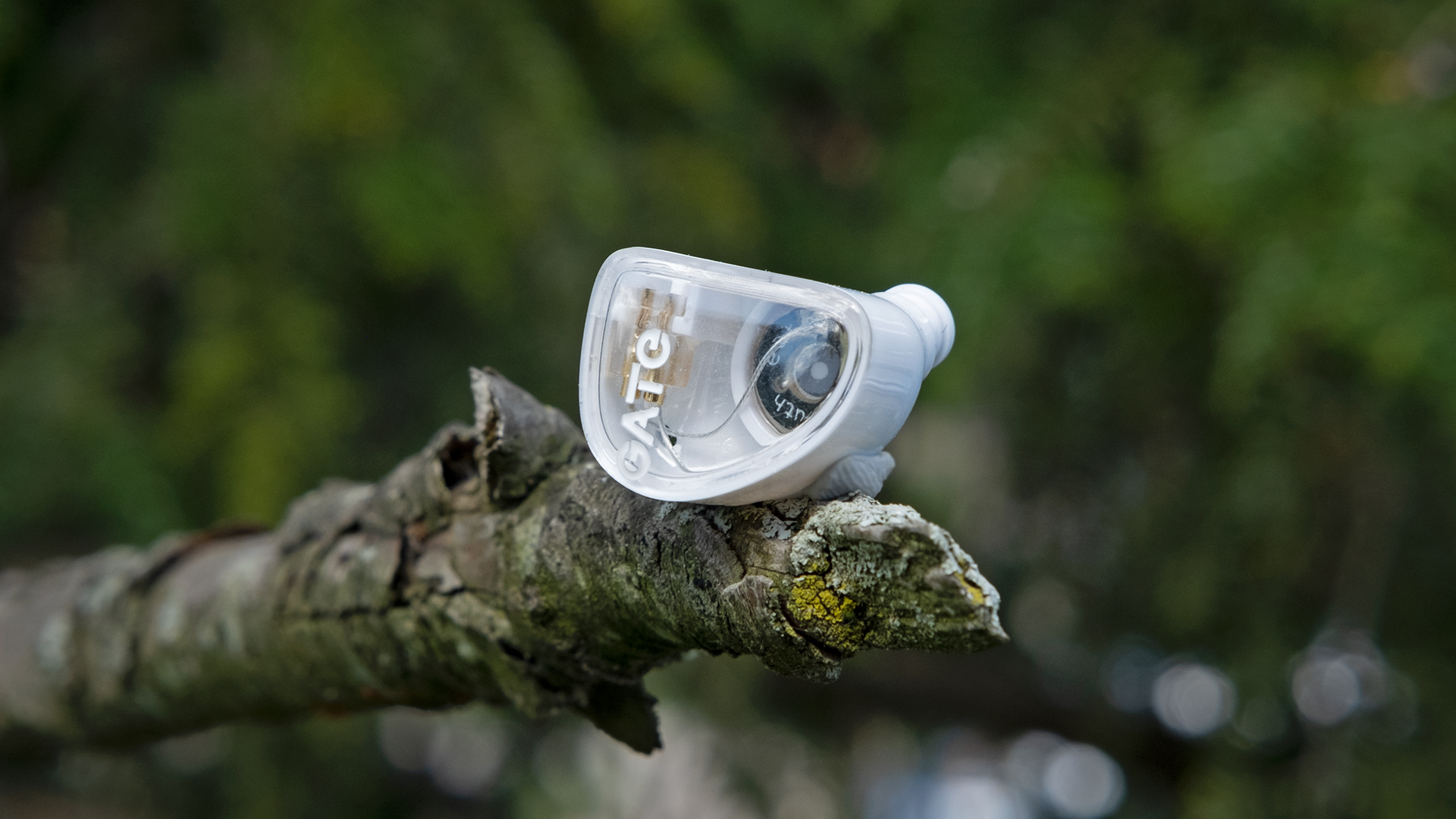
Treble
Lets touch on the negatives first: This is definitely a “Harman-ish” IEM, which means the lower treble between 3-8 kHz is definitely elevated vs. many of the IEMs I prefer. The elevation here results in a noticeable chalkiness on snare drums and vocals such that the timbre of the IEM is definitely on the grittier side.
However, there are definitely things I like about the treble of this IEM, such that it’s actually probably my favorite single DD IEM for treble tuning. The “length mode” area around 7-8 kHz where readers will often see a peak on 711 measurements of IEMs sounds smoother on this IEM than most I’ve heard, including some of Truthear’s more expensive options like the Hexa which has a big problem in this region for me.
Additionally, the 10-11 kHz area where readers might see a “dip” on measurements is even further dipped on the GATe vs. its competition, and this is an area where I think I might differ from a fair few people. I greatly prefer this “dip” being as deep as possible, whereas I think a lot of people may prefer it filled in. I’m not sure if it’s my HRTF or something to do with my ear canal/eardrum being different in some way from the measurement fixtures we use, but any time I try to fill in this dip on any IEM, I get an unpleasant shimmer effect in the treble that bothers me a ton. So I’d say if this dip looks like a problem to you, keep an open mind. It might not be as bad as it looks.
Above this dip, we get a peak around 13-14 kHz that you’ll see on a ton of measurements of single DD IEMs on 5128 or on my Type 3.3 system. It shows up in my ear around 12.7 kHz. However, on GATe it seems that even with equivalent insert depth to its competition, that this peak has been shifted upward in frequency a fair bit, and to my ear this actually makes a positive difference.
Specifically, I don’t get much of the excess sibilance or stridency that this peak introduces on the Salnotes Zero or Truthear Hola, while it still adds a welcome sense of extra air and specificity to imaging that I think the IEM needs to have its lower treble elevation balanced. Again, this could be an idiosyncrasy of my HRTF or how it actually is producing sound in my ear canal, but I’d say that this peak shouldn’t be immediately dismissed as a negative, because if it falls in the right spot for you based on anatomical factors, it could be less of an issue than it looks like.
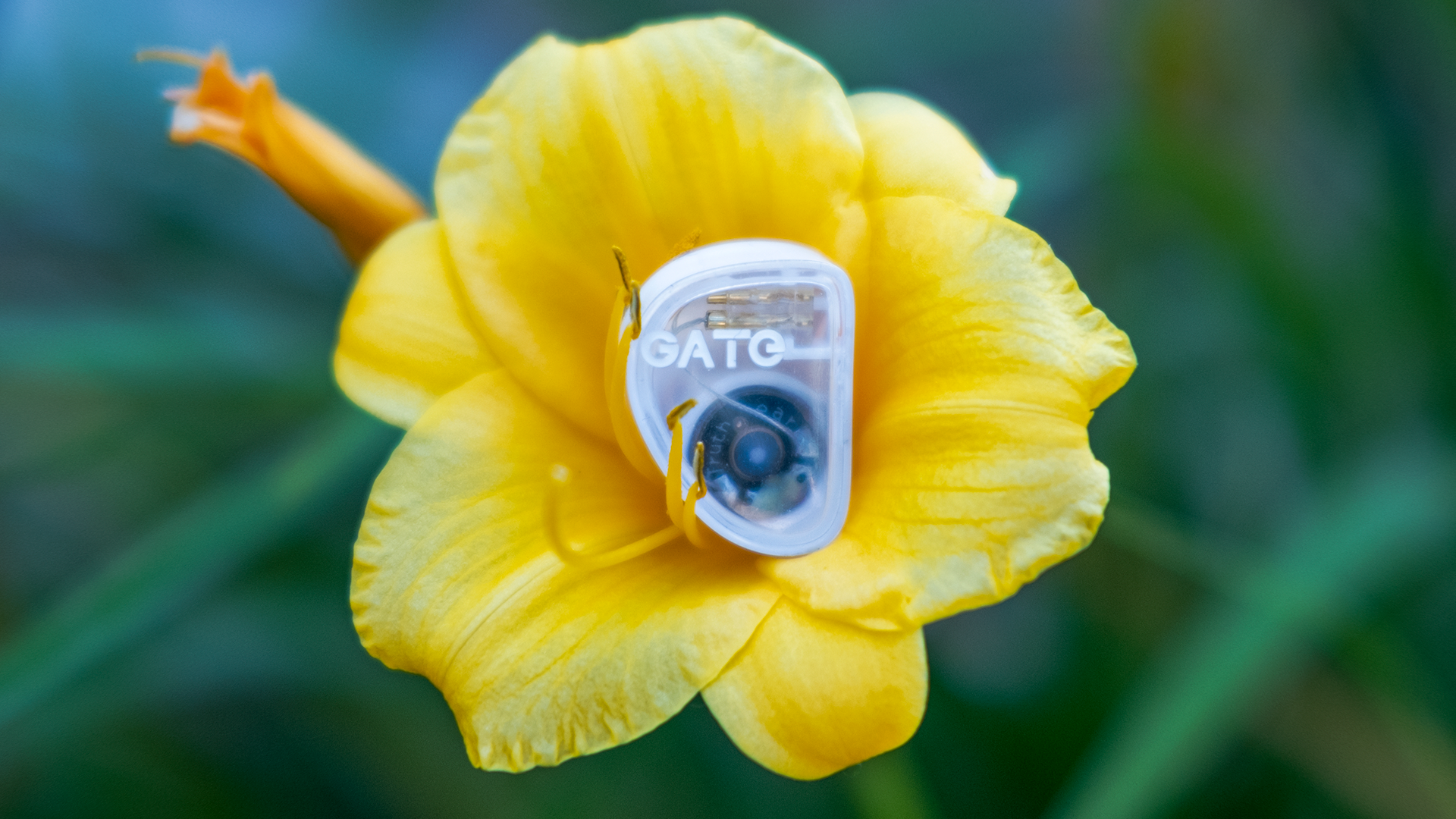
Subjective Impressions
Surprisingly, I actually think GATe is easily the most subjectively fun option in the ultra-cheap single DD IEM market. Even though the stock tone is definitely a bit strange sounding and on the leaner side, I found it to be extremely good at reproducing bass guitar in an exciting and engaging way. Yes, it’s colored, but the lift in the upper midrange has found a pretty ideal balance with the bass tuning here such that you get a slightly-forward presentation for plucked bass guitars and kick drums.
Kick drums sound well-balanced between being urgent and snappy, while not being completely bereft of note weight or bass roundness. Plucked basses sound textured and precise but have enough phatness to sound locked-in and drive the melodic undercurrent of the song. I don’t know if everyone will agree with this assessment, but due to the above factors I’m comfortable saying that I think most people will find GATe to be a pretty solid IEM when it comes to perception of “dynamics”.
In terms of soundstage however, I don’t have much positive to say. The forward midrange and treble here definitely makes this among the more claustrophobic IEMs I’ve listened to lately. The treble especially has a tendency to affect the sense of lateral imaging such that most instruments that are panned to the sides seem to be pulled a bit closer to the center.
What some people call “detail retrieval” is actually pretty dang solid on GATe too. I’m not personally a hugely “detail-oriented” listener, but I never really felt like information was missing or that anything was being actively masked by GATe. In fact, I more often felt the opposite and that certain smaller cues were a bit too intense for me, likely due to the treble tuning.
EQ
My EQ for this IEM ended up being quite mild, as the treble for the most part worked quite well for me, and I just needed to warm up the mids and bass a little bit to find this extremely enjoyable.
Preamp: -2.4 dB
Filter 1: ON PK Fc 65 Hz Gain 2.0 dB Q 0.300
Filter 2: ON PK Fc 475 Hz Gain 2.0 dB Q 1.000
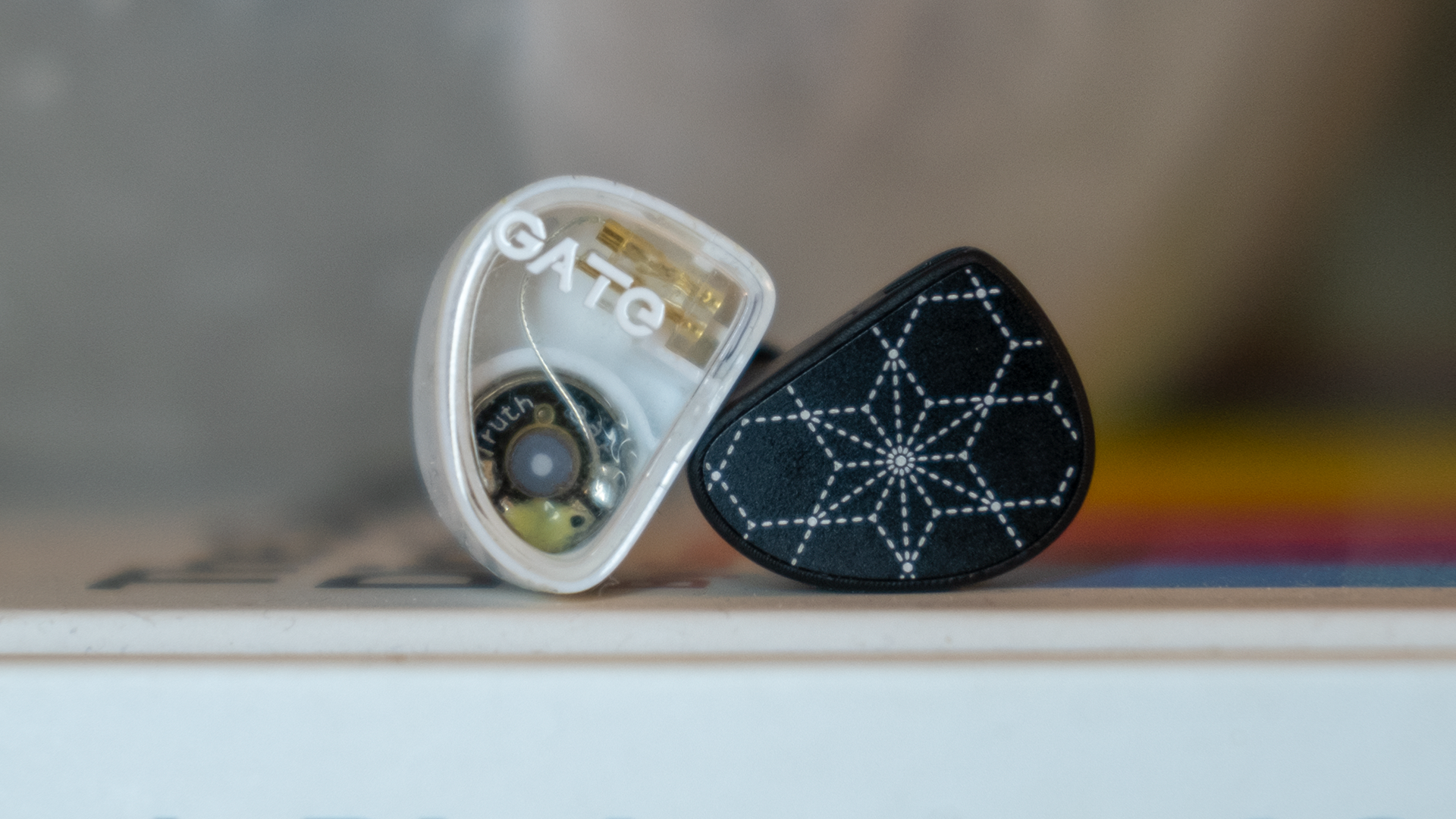
Truthear GATe vs. Truthear Hola
Above are my measurements of the Truthear GATe and Hola, taken in my clone ITU P.57 Type 3.3 system consisting of clone KB006x pinnae and a clone 711 coupler. Traces shown are an average of 5 insertion depths. More detailed measurements are available on my website.
I never reviewed the Hola, but Hola was the rare IEM wherein the community consensus and I agreed almost exactly: Hola was an absolute banger.
It had a warm-leaning type of tuning, great cable, decent shell ergonomics, and was cheap enough that it made for an incredible stocking stuffer. Hola’s eminently listenable and fatigue-free tuning in particular was so good that I regularly recommended it as Truthear’s best IEM period, easily beating out the Zero: RED, Hexa, and Nova for sound quality. And to be perfectly honest, I don’t think GATe is the all-around improvement over Hola I wanted… but I also don’t think it’s an outright downgrade either.
Most people’s complaint about Hola was that it was boring, muffled, low-res, etc. and I think GATe did a really great job of addressing these exact concerns while also not entirely sacrificing the tuning. Subjectively, GATe is significantly more impactful, engaging, “detailed” and fun than Hola ever was, and that legitimately might be enough for a lot of people to prefer GATe.
But for me it’s not quite that simple. I think when I’m sitting in relative silence listening at home, GATe is what I’d go for just because it has an upper treble presentation that works better for me—the deeper 10 kHz dip and the air peak being shifted higher in frequency is a huge difference maker for me. However, if I were using an IEM outside for walks or commuting, I’d probably end up going with Hola as its warmer sound signature is more conducive to listening at louder volumes, which is useful when one needs to contend with significant environmental noise.
So overall, if one prefers a warmer sound, Hola is definitely the better IEM for that as there’s really no part of GATe I’d call “warm” or even “natural,” but I think the GATe is a great replacement for it that addressed a lot of people’s misgivings with Hola and brought an inexpensive option that I gather few are going to have huge issues with for the price.
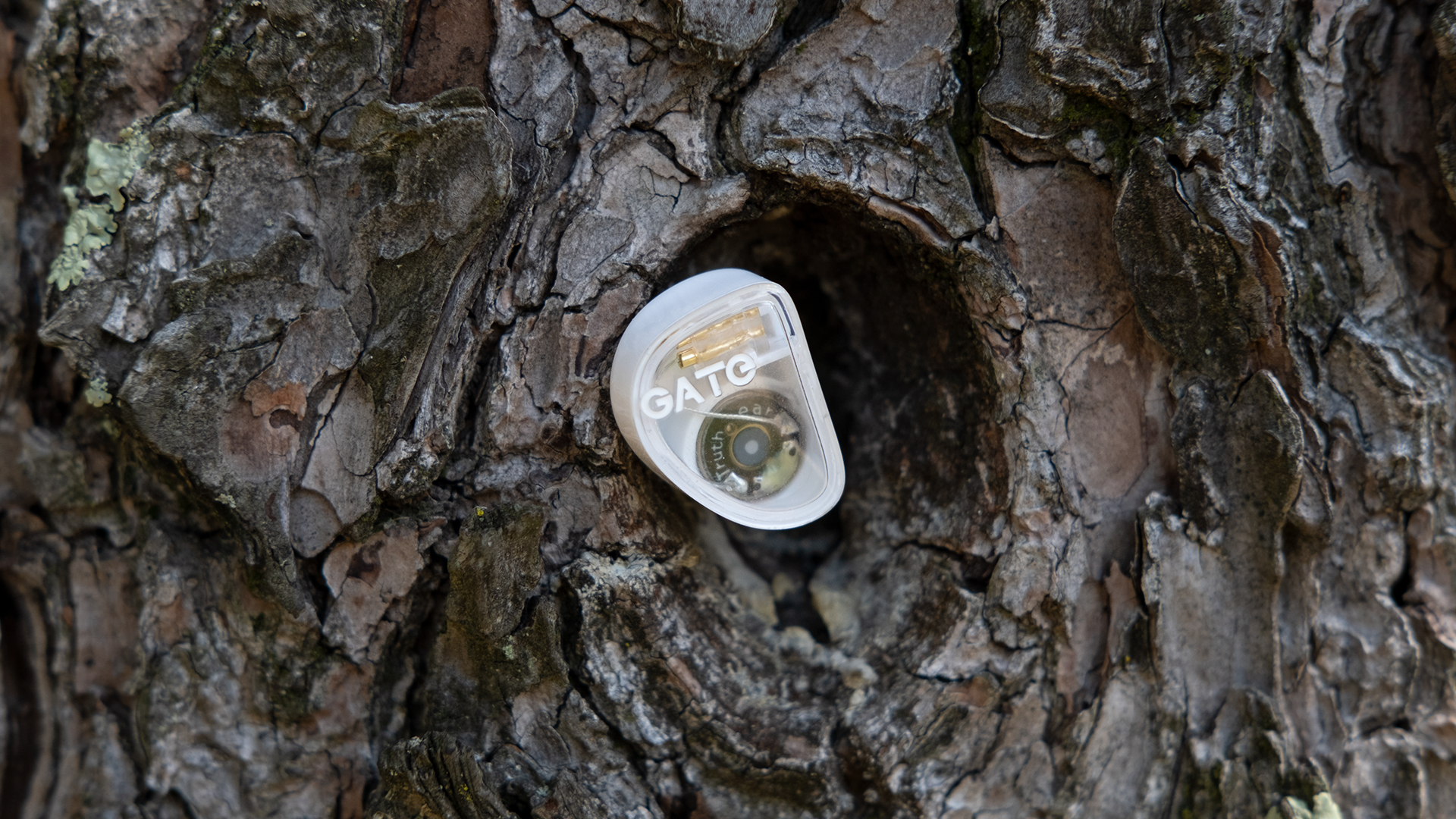
Conclusion
GATe definitely surprised me. I expected from the measurements that it would be a rather obvious downgrade from what was my go-to recommendation in the ultra-budget space with Hola. But it wasn’t quite that simple.
What I got might not be better all-around, but the upper treble and bass is certainly an upgrade from Hola, while the midrange and lower treble are mostly gonna come down to the preference of the listener. Even me, who has been crowned as “Professor Warmpoo” in at least one space, can find things I rather like about GATe’s less “natural” midrange tuning.
Crucially, Truthear kept the really important stuff—the ergonomics, the cable—roughly the same, while making “upgrades” that did actually address what most people’s complaints were with Hola. Even if those complaints never rang true for me, I think GATe ended up delivering on its promises and deserves to exist—both as a successor to the Hola, as well as on its own merits as a product.
While I wouldn’t say GATe is any easier of a blind buy than Hola—in fact I still think it might be a bit tougher to recommend just because the tuning isn’t quite as easy to listen to—I think GATe is still about as safe an option as any of its competitors, and for that reason I’m happy to recommend it to anyone who’s shopping in the ultra-budget range.
Thanks for reading. If you have any questions or want to chat about this article, feel free to ping me in our Discord channel or start a discussion below on our forum, both places being where you can find me and a bunch of other headphone and IEM enthusiasts hanging out and talking about stuff like this. Thanks so much for reading. Until next time!
